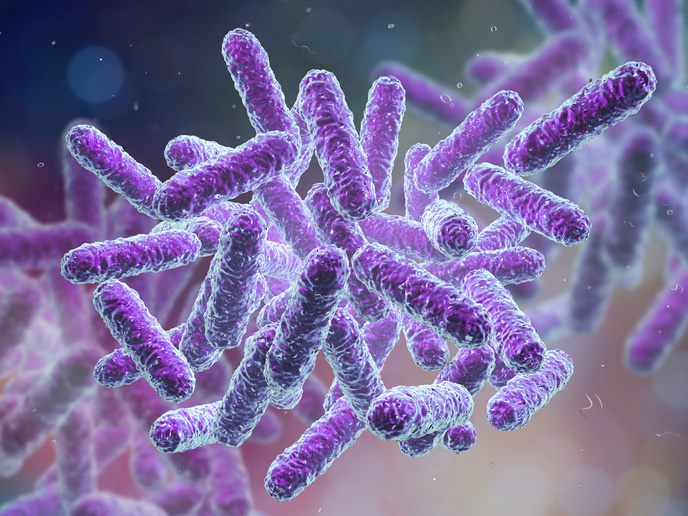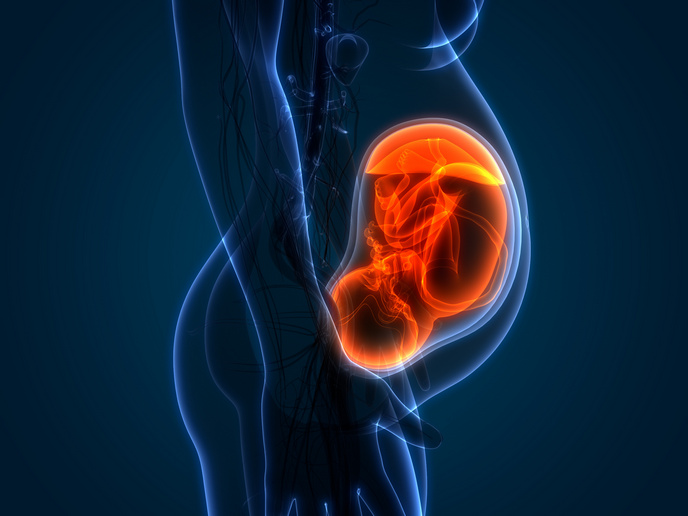Cellular gateways shaped by membranes and metabolism
Nuclear pore complexes (NPCs) are molecular machines embedded in the membrane that encloses the cell’s nucleus. They serve as highly selective gateways, allowing specific molecules – such as RNA, proteins and signalling factors – to move in and out of the nucleus, while keeping others out. “This tightly regulated traffic is essential for gene expression and cellular decision-making,” explains NPC-BUILD project coordinator Alwin Koehler(opens in new window) from the Medical University of Vienna(opens in new window) in Austria. “Without NPCs, the genetic information inside the nucleus would be cut off from the rest of the cell.”
Dissecting the nuclear basket
One major component of the NPC however has remained mysterious: the nuclear basket. This is a flexible, tentacle-like structure that extends into the nucleus and connects the NPC to the inner nuclear membrane (INM). “We didn’t know how this basket assembles, how it stays attached, or how it might influence – or even reprogramme – NPC function,” says Koehler. “Very little was also known about what kinds of lipids make up this membrane, or whether they influence nuclear pore behaviour.” The NPC-BUILD project, supported by the European Research Council(opens in new window), set out to determine whether – and how – the nuclear basket is anchored to the INM, and whether lipid metabolism at the INM directly influences its assembly and function. To achieve this, the project combined structural biology, live-cell imaging, synthetic biology and lipid biochemistry. Innovations included reconstructing NPC basket assembly using artificial membranes, applying 3D electron microscopy and designing novel biosensors to visualise lipid metabolism at the INM in real time in living cells. “These tools enabled us not only to dissect the architecture of the NPC basket, but to understand it within the metabolic and physical context of the nuclear membrane,” adds Koehler.
Understanding NPC structure and function
For Koehler, the single most important insight is that NPC structure and function are deeply interwoven with lipid metabolism at the INM. “Several discoveries led us to this conclusion,” he explains. “We found that lipid saturation levels – how rigid or fluid the membrane is – profoundly affect NPC basket assembly and stability. We also showed that the inner nuclear membrane is metabolically active. It doesn’t just passively host embedded proteins; it actively regulates lipid production and storage.” The project team identified Nup60 as a key anchoring element of the NPC basket, acting like a suspension cable that secures the basket to the INM. This interaction is lipid-sensitive, providing a direct molecular link between lipid environment and NPC basket assembly.
NPCs as lipid-sensitive structures
The NPC-BUILD project has helped to show that NPCs are not just protein machines. They are lipid-sensitive structures, embedded in and shaped by a metabolically active membrane. “Lipid metabolism is disrupted in many diseases including cancer, neurodegeneration and premature ageing,” notes Koehler. “Our findings suggest that such disruptions may have direct consequences for nuclear transport, gene regulation and genome integrity – via the NPC.” The NPC basket, once considered a passive appendage, therefore emerges as a dynamic sensor and integrator of the membrane’s physical and metabolic state. This opens up new ways to think about how cells coordinate growth, stress responses and metabolic adaptation. “In this project, we’ve developed tools that will enable others to explore nuclear membranes in a dynamic, integrative way,” says Koehler. “We’ve also helped to reshape how we think about the nuclear envelope – not as a static barrier, but as a living, adaptive interface between cellular metabolism and gene regulation.”







